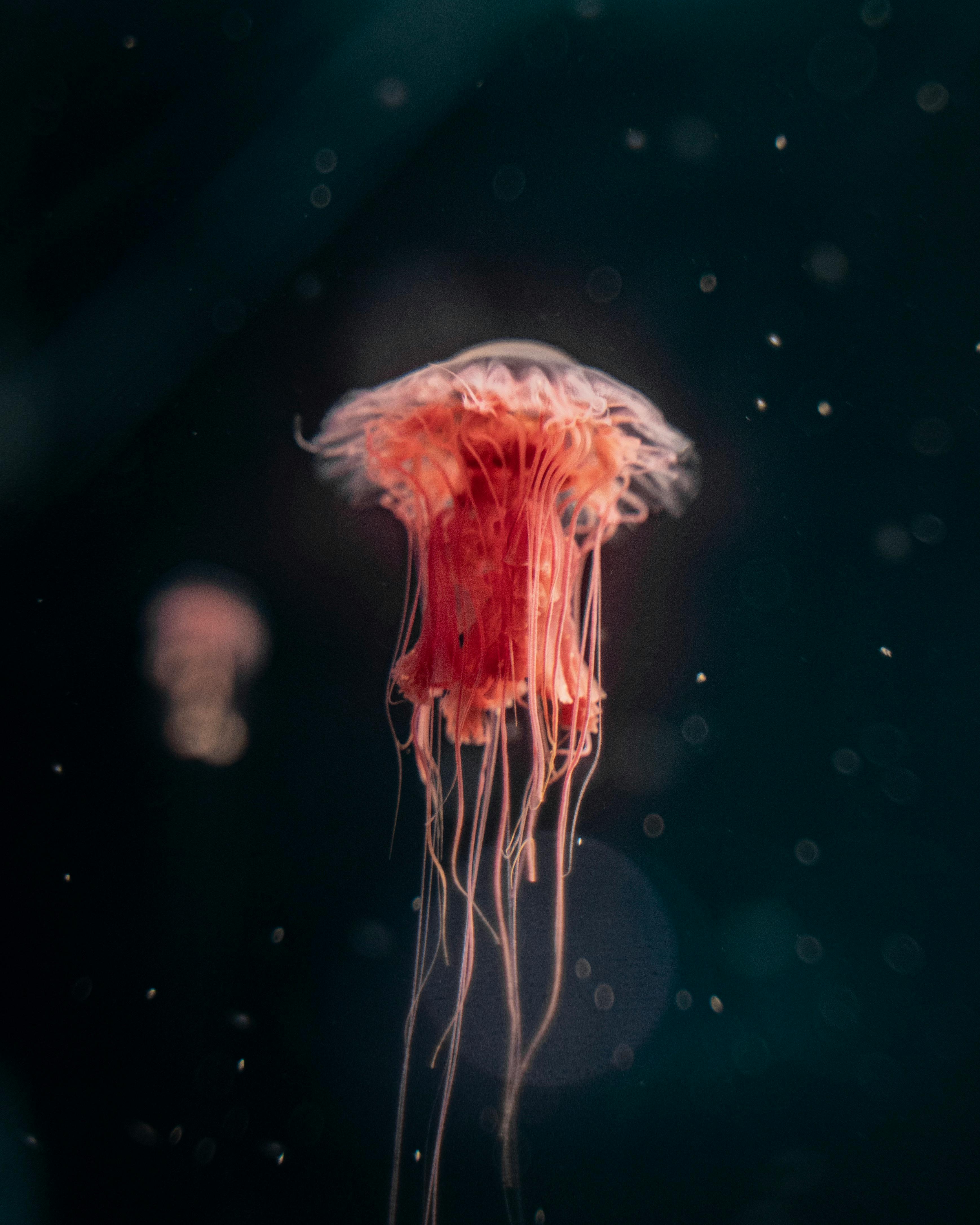Smart Ways to Create a Successful Large Fish Tank in 2025

Effective Ways to Set Up a Large Fish Tank for Stunning Aquatic Life in 2025
Setting up a large fish tank is an exciting journey towards creating a vibrant aquatic ecosystem. In 2025, advancements in aquarium technology and a vast array of resources make it easier than ever to establish a beautiful home for your fish. This article delves into the essentials of large fish tank setup, covering everything from aquarium equipment needs to the intricacies of maintaining pristine water conditions.
Choosing the Right Size and Type of Aquarium
When it comes to aquarium setup, the first step is to select the right size and type of your tank. A large fish tank not only offers ample space for fish to swim but also creates a stable environment. Generally, tanks ranging from 55 to 200 gallons are ideal for diverse aquatic life. For beginners, a larger tank can help mitigate the fluctuations in water parameters, which are often challenging in smaller setups.
Factors to Consider for Fish Tank Size
Evaluating your space and budget is crucial when selecting fish tank size. Ensure you have a dedicated area that can support the weight of the tank once filled. Besides physical space, consider the number and types of fish you plan to keep. Popular choices for a large tank include tropical fish aquariums due to their vibrant colors and engaging behavior. Always remember that more space provides better options for fish compatibility and enriches your aquatic community.
Understanding Different Types of Aquariums
Your choice between a freshwater fish tank and a marine fish tank significantly influences what species you can keep. Freshwater tanks often unleash their full beauty with aquarium plants and simple fish like goldfish or bettas. Marine tanks, on the other hand, demand a bit more investment and care but reward you with colorful reef fish and invertebrates. Each type requires specific aquarium equipment and maintenance techniques to thrive.
Essential Aquarium Equipment for Optimal Setup
Investing in the right aquarium equipment is non-negotiable for a thriving aquatic environment. This includes choosing reliable aquarium filter systems, heaters, and lighting options. Each component plays a unique role in ensuring that your fish remain healthy and your water conditions remain stable.
Understanding Filtration Systems
A robust fish tank filtration system is foundational for maintaining water quality. Various types of filters, including canister, power filter, and sponge filters, cater to different tank setups. A good filtration system helps manage nitrates, ammonia, and debris, making it a crucial element when cycling a fish tank. To enhance the efficiency of filtration, always consider a combination of mechanical, biological, and chemical filtering processes.
Investing in the Right Lighting Solutions
Proper aquarium lighting is essential for plant growth and aesthetics. With advancements in energy-efficient options like LED aquarium lights, you can achieve optimal light conditions while saving on electricity bills. Lighting should be tailored to the type of plants or fish. For example, highlighted tanks with lush freshwater plants require longer light durations than simple setups with low-light aquatic species.
Maintaining Water Quality and Parameters
Healthy fish require optimal water conditions. Regular testing of fish tank water parameters, including pH, salinity, and temperature, is vital for preventing issues such as algae blooms and fish diseases. A well-maintained environment helps fish thrive and aids in the efficiency of biological filtration, boosting your fish tank's overall ecosystem.
Aquarium Cycling Process Explained
Cycling a fish tank is crucial as it establishes beneficial bacteria to manage waste products naturally. This process can take several weeks but is rewarding—leading to a balanced ecosystem. Using an aquarium cycling guide, you can monitor ammonia and nitrite levels, ensuring they stay within safe ranges before introducing any fish. Remember, patience during this phase yields great dividends in maintaining aquatic life.
Implementing a Regular Maintenance Schedule
Adhering to a meticulous fish tank maintenance schedule prevents many common pitfalls of aquarium ownership. Regular water changes, usually 10-15% weekly or biweekly, help in maintaining water quality, while gravel cleaning prevents the buildup of harmful substances. Keeping accurate notes on your fish tank's cleaning regimen and health logs is an added bonus for monitoring changes over time.
Choosing Fish and Aquarium Plants Wisely
When selecting inhabitants for your large fish tank, consider not only aesthetics but also compatibility. Opting for community fish that coexist peacefully is essential for a harmonious aquarium. Furthermore, incorporating a variety of aquarium plants can enhance the aquatic environment and offer natural hiding spots for fish, reducing stress and promoting healthy behavior.
Best Fish for Your Aquarium
The **best fish for aquarium** setups often include species that can thrive in the same environmental conditions. For a tropical fish aquarium, consider guppies, tetras, and corydoras catfish. On the other hand, a goldfish tank would ideally house species like comet or ranchu goldfish due to their size and water needs. Researching each fish's behavior and requirements ensures a balanced community in your tank.
Awareness of Fish Tank Hazards
While setting up a large fish tank, it’s vital to be aware of potential fish tank hazards. These can range from water quality issues, that affect fish health, to not fully understanding the dynamics of different species living together. Monitoring fish behavior for signs of stress or illness is crucial. Regularly reviewing equipment functionality and ensuring the aquatic community is thriving is key for preventing mishaps in your aquarium.
Key Takeaways
- Choosing the right size and type of aquarium is essential for a stable aquatic environment.
- Investing in quality aquarium equipment, especially filtration systems, enhances water quality.
- Regular monitoring of water parameters and a scheduled maintenance routine is vital for fish health.
- Selecting compatible fish and understanding the impacts of aquarium plants can create a vibrant ecosystem.
- Awareness of actual fish tank hazards ensures a thriving aquatic habitat.
FAQ
1. What is the best way to cycle a fish tank effectively?
The best way to cycle a fish tank involves establishing beneficial bacteria through the nitrogen cycle. This process can take 4-6 weeks, requiring regular testing of water parameters to monitor ammonia and nitrite levels. Consider adding fish food or pure ammonia to jumpstart the process, and utilize a quality fish tank cycling process guide for effective results.
2. How often should I change the water in my fish tank?
For optimal water quality, changing 10-15% of the water weekly or biweekly is recommended. This routine helps maintain stable water parameters and removes accumulated waste. Tracking your water change schedule will ensure healthier conditions for your fish and aquatic plants.
3. What plants should I include in my freshwater aquarium?
When choosing plants for a freshwater aquarium, opt for options like Java fern, Anubias, and Amazon swords. These plants are adaptable and contribute to a more stable ecosystem by absorbing excess nutrients. Ensuring a mix of foreground, midground, and background plants creates a visually appealing **aquascaping technique**.
4. Can I mix different species in my fish tank?
Yes, you can mix different species in your fish tank, but it’s essential to be aware of their compatibility. Research necessary before introducing new fish, so the species cohabitate harmoniously. A good understanding of **fish compatibility** will enhance your aquarium experience.
5. What are the signs of illness in aquarium fish?
Signs of illness in aquarium fish may include lethargy, loss of appetite, and abnormal swimming patterns. Observing behavior changes can be tenable for early intervention. Having a solid knowledge of potential aquarium diseases and treatment is crucial for maintaining a healthy aquatic environment.
For further reading on aquarium setups and care tips, explore more topics here or here.

